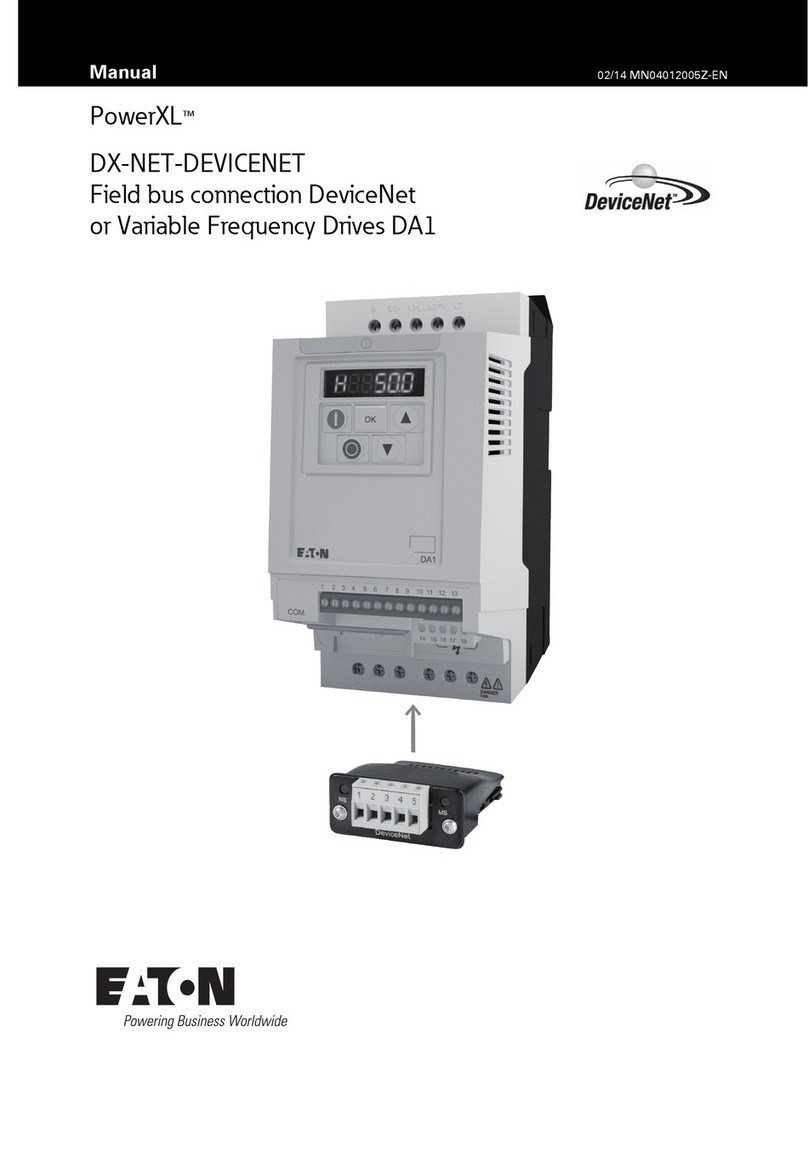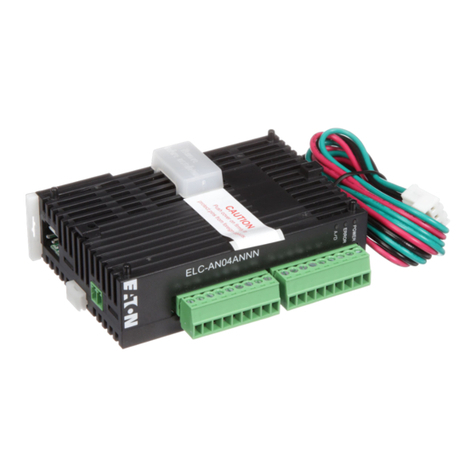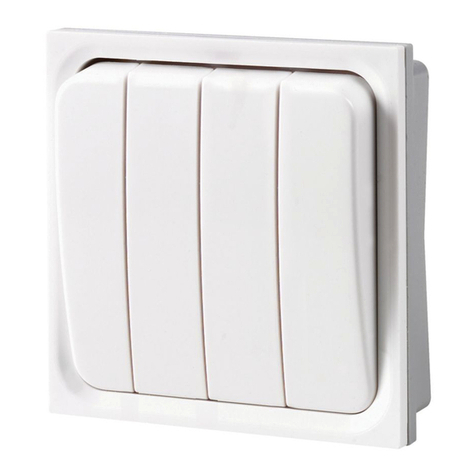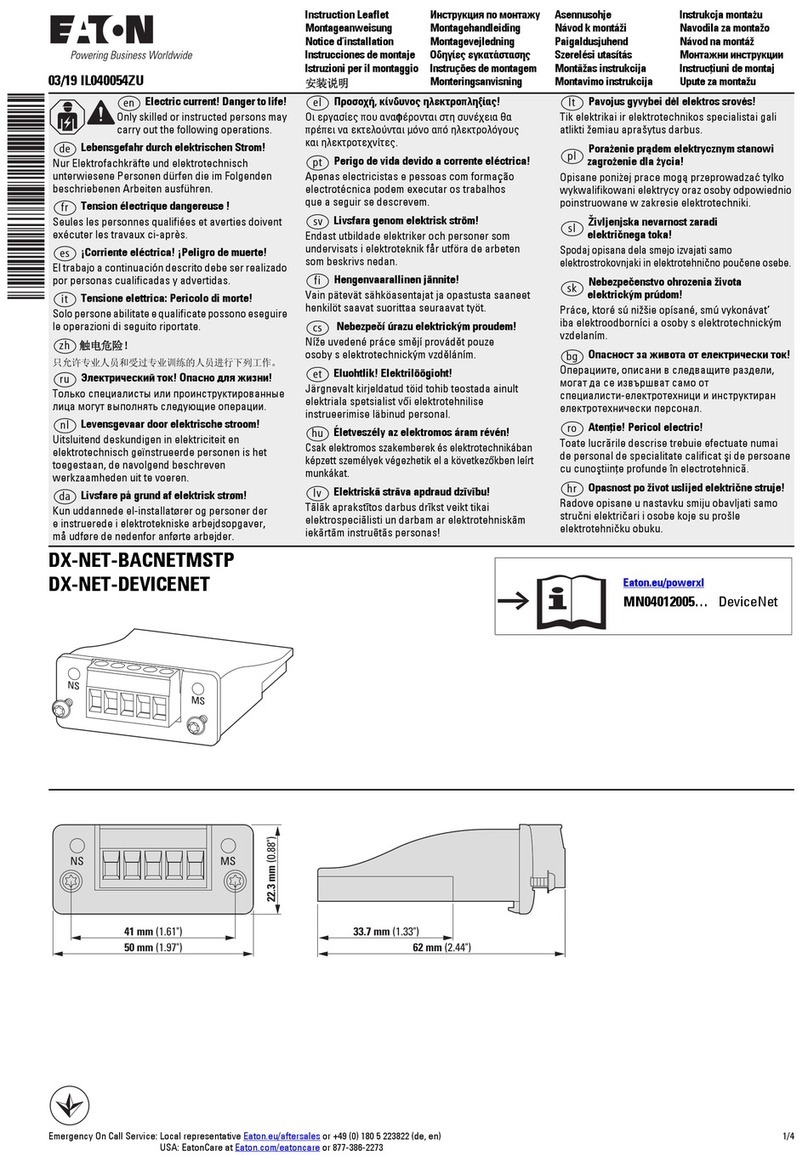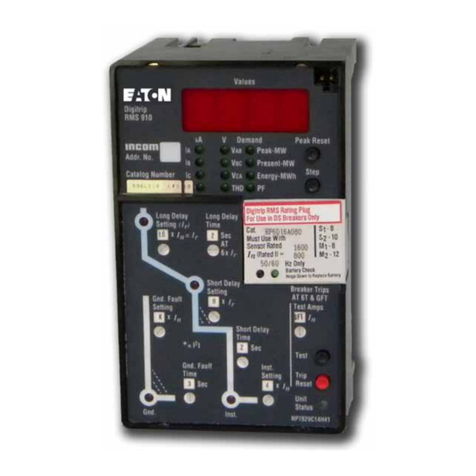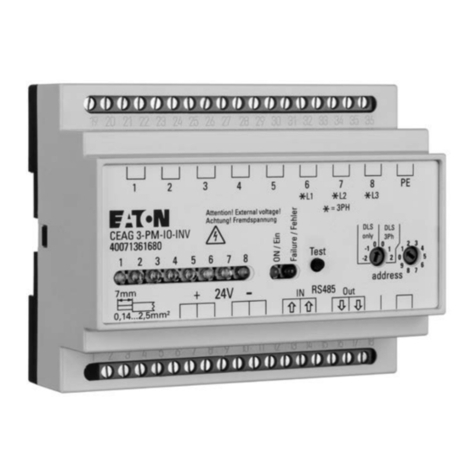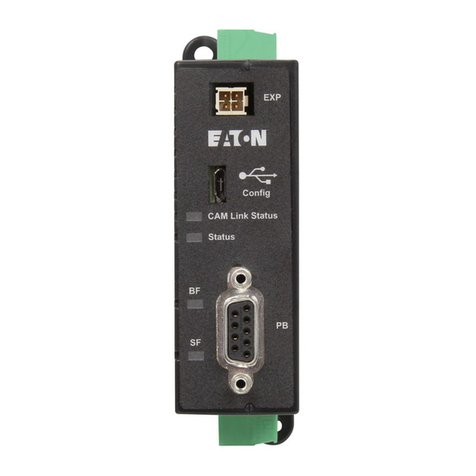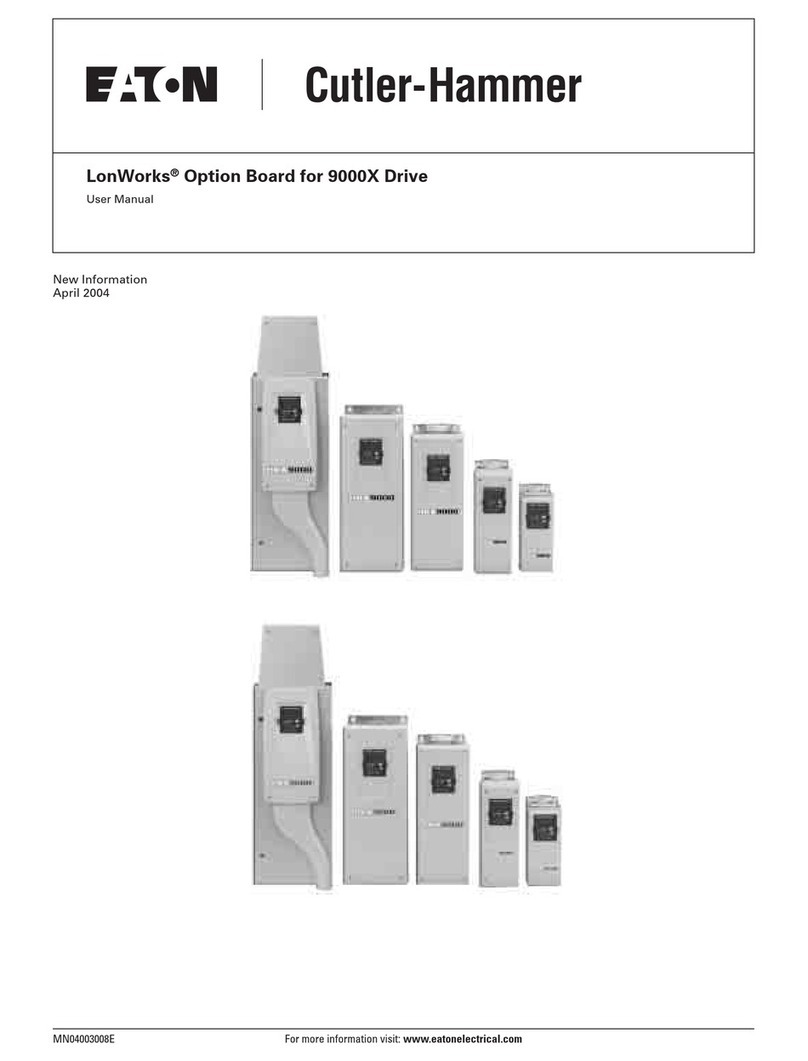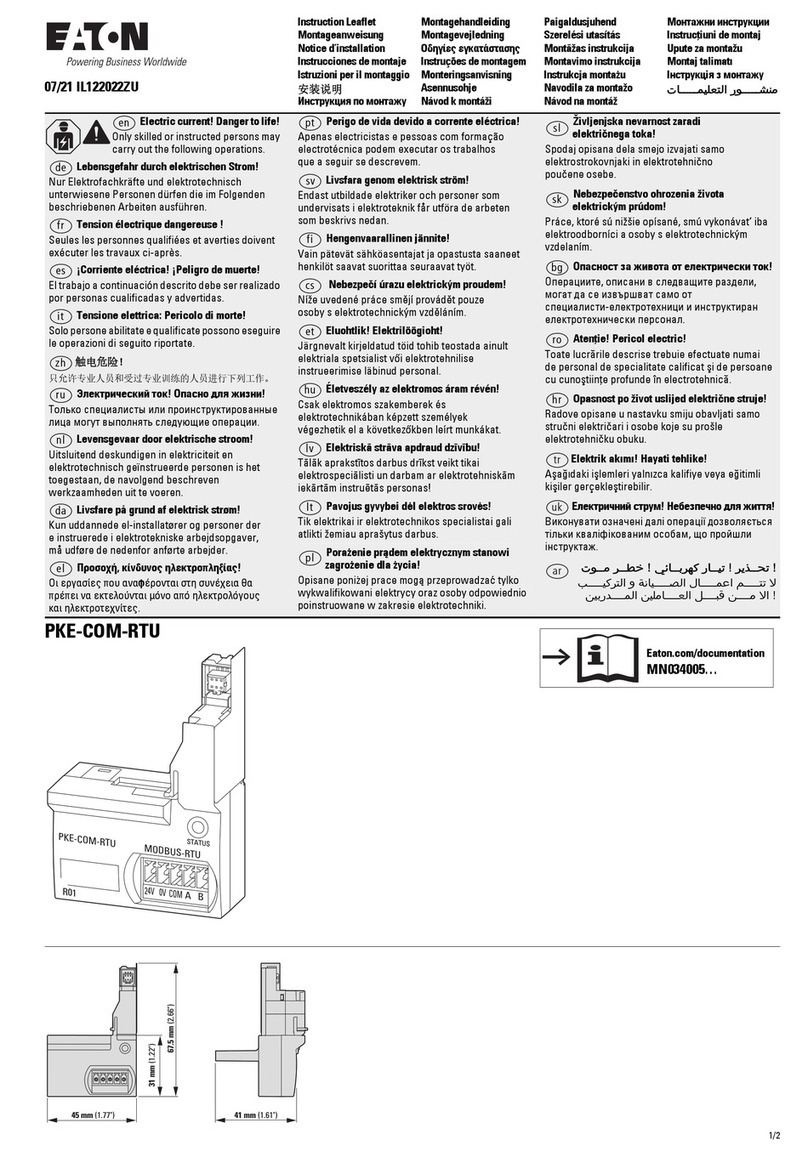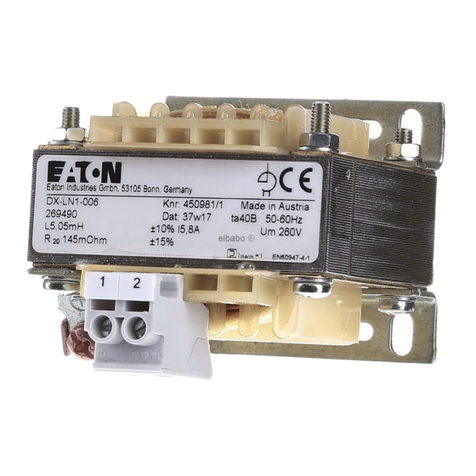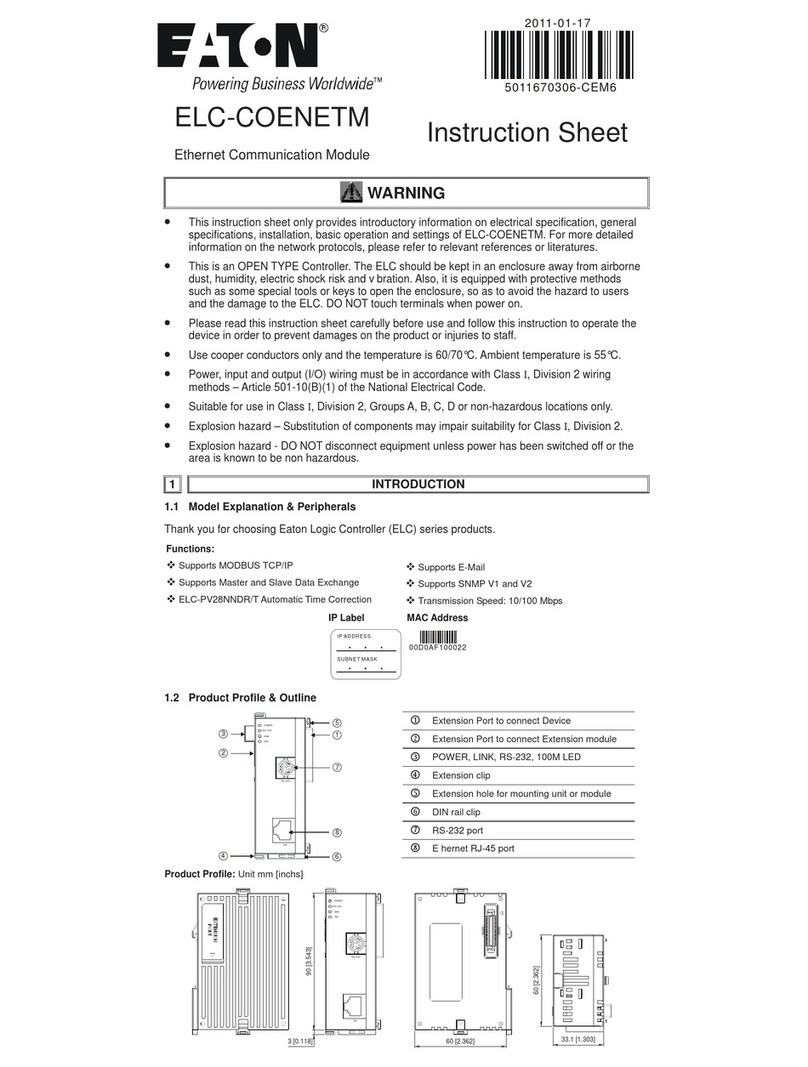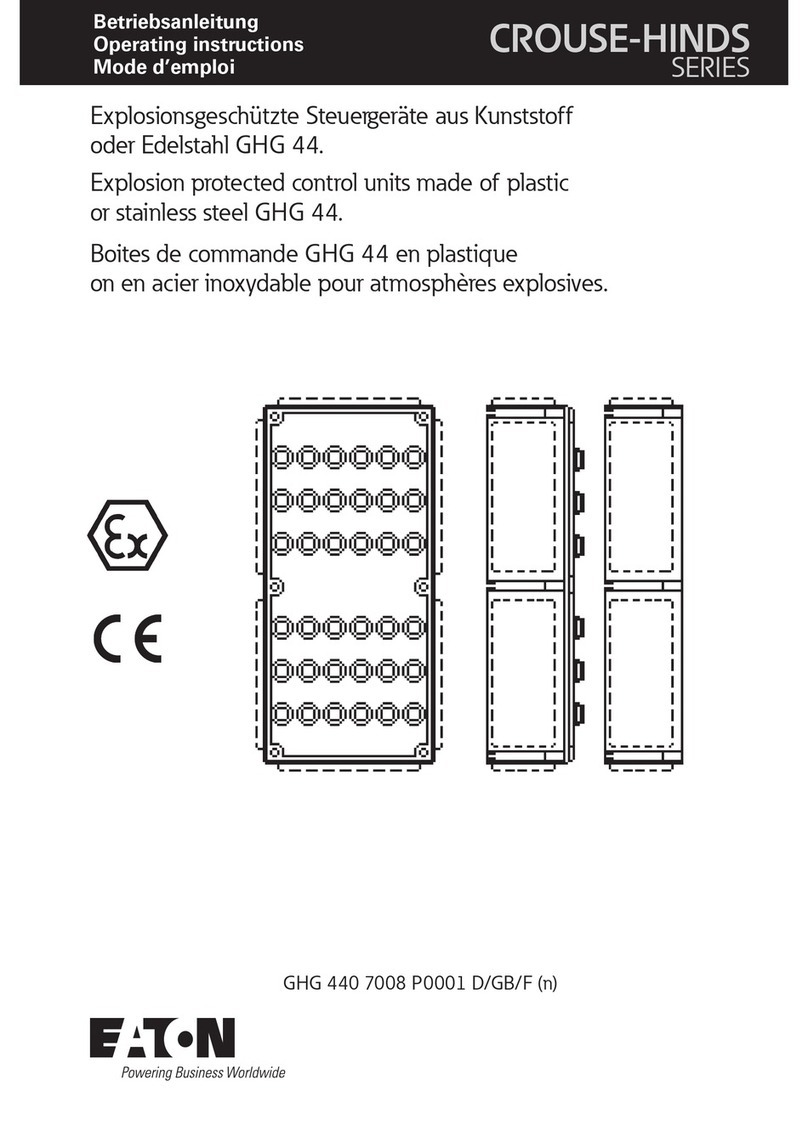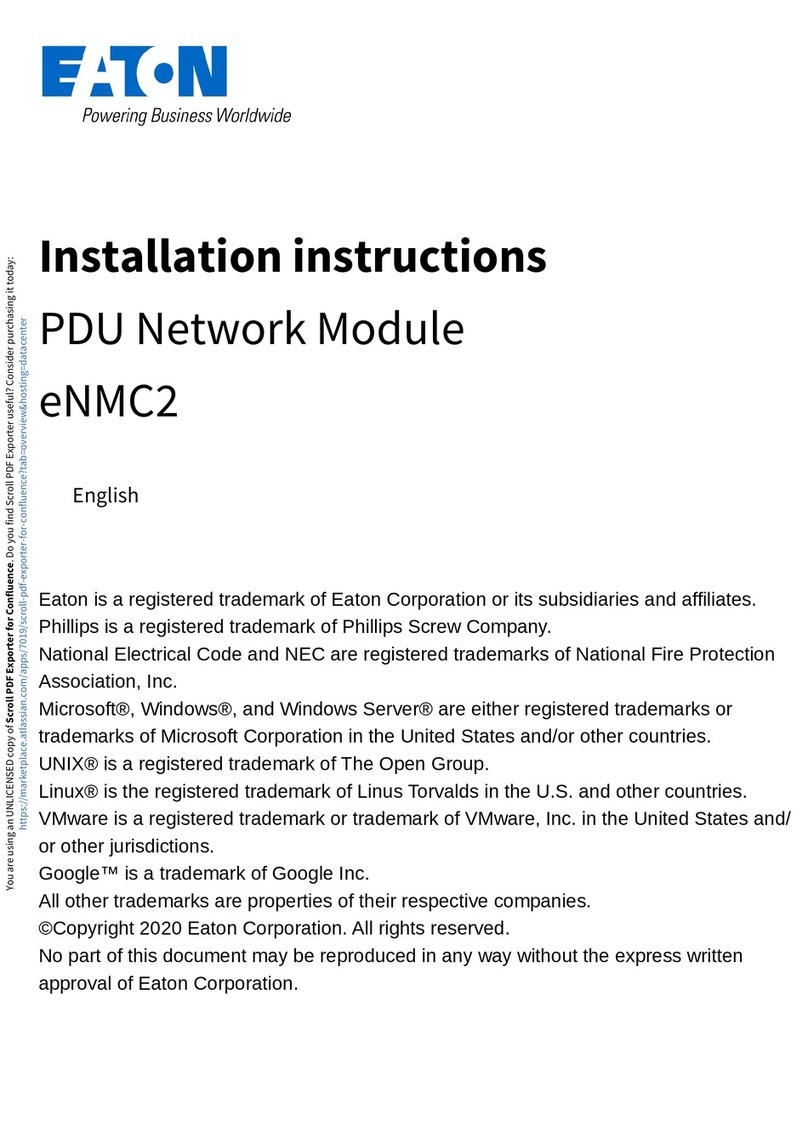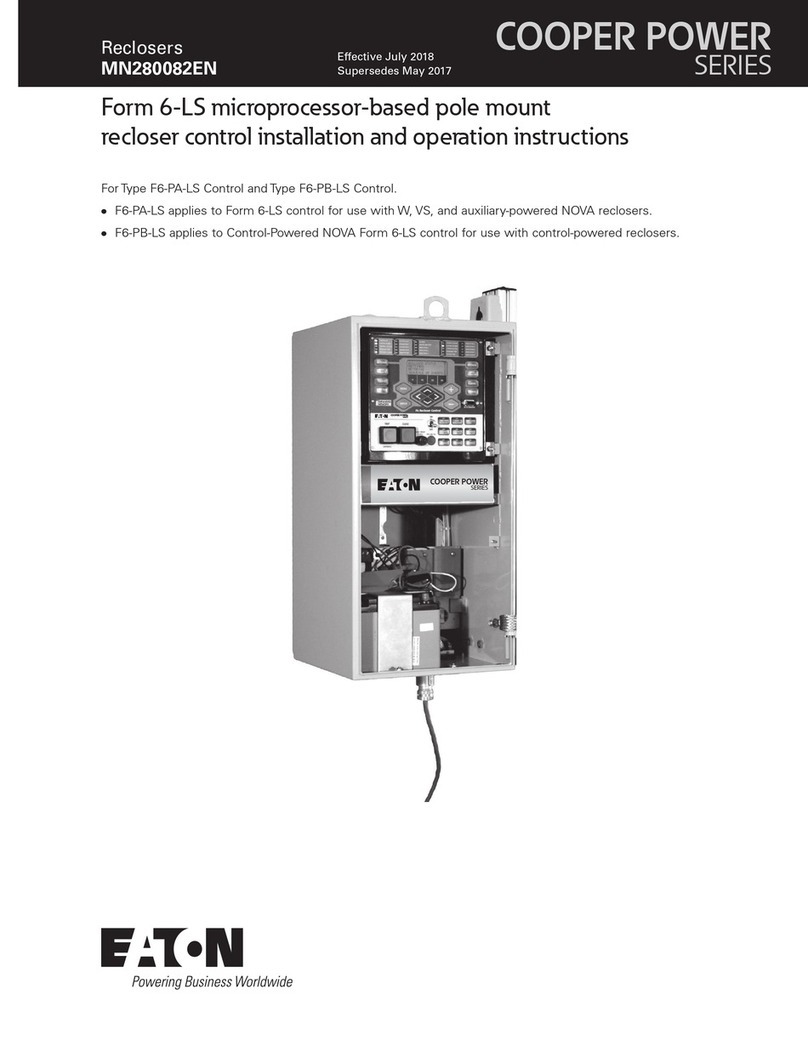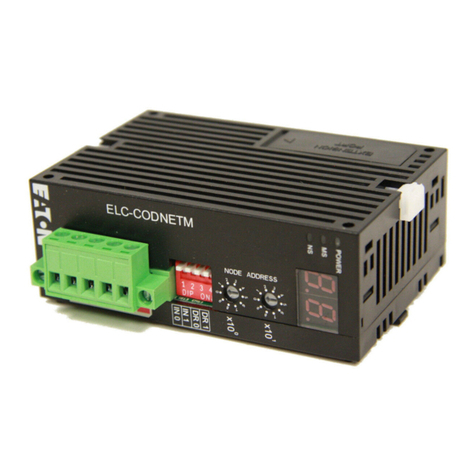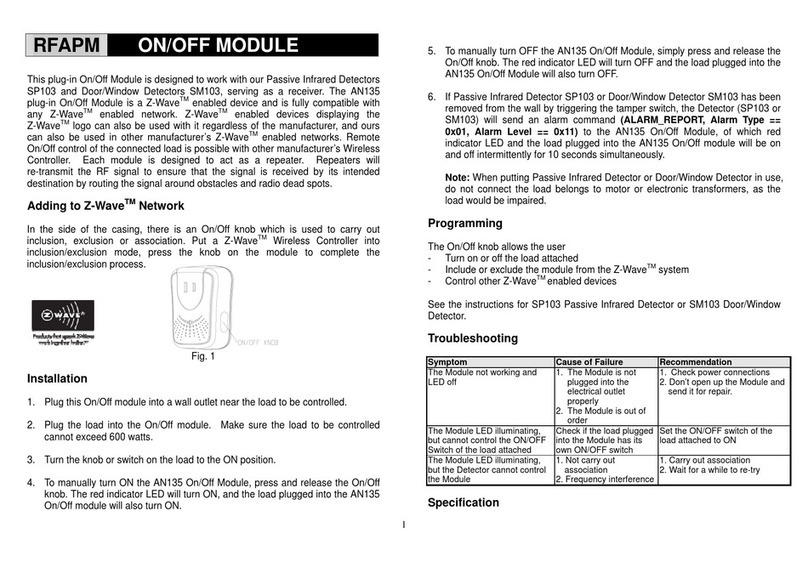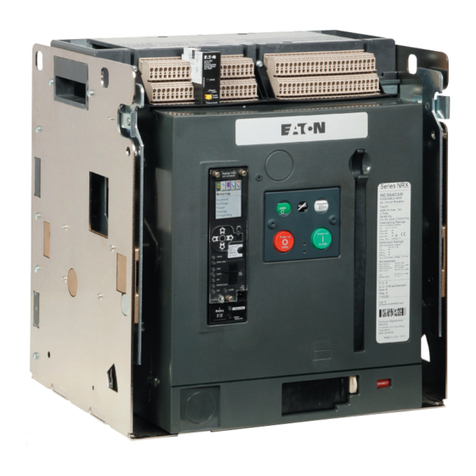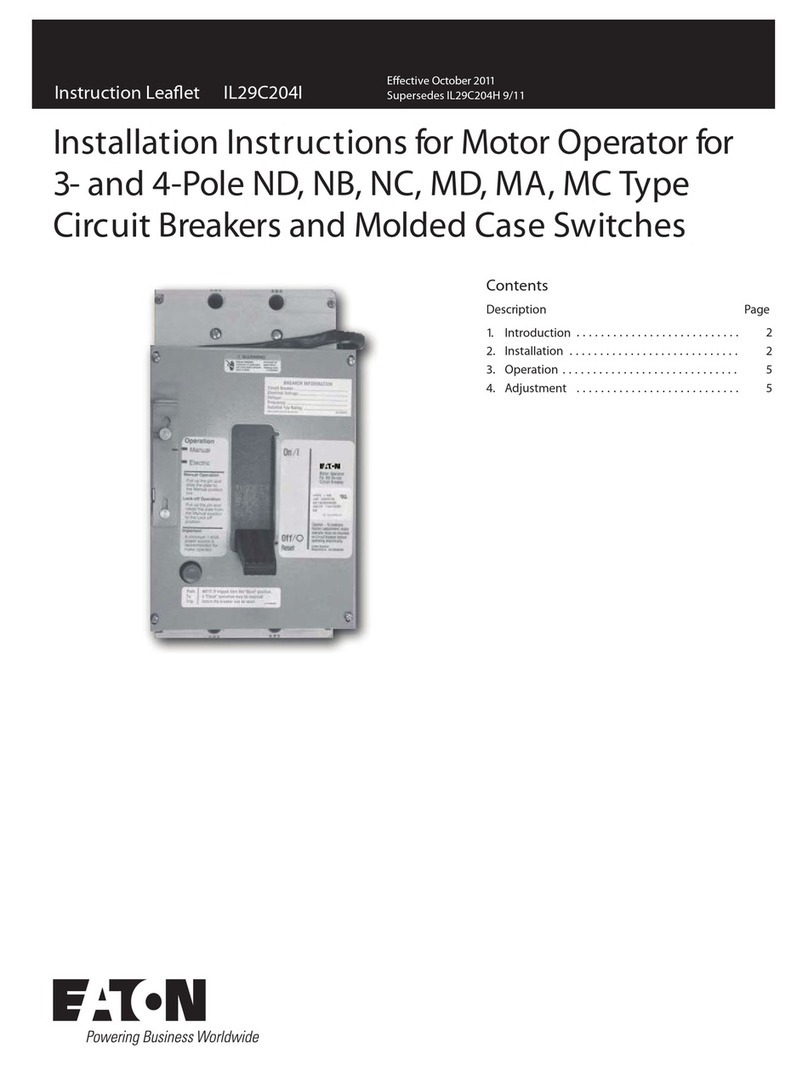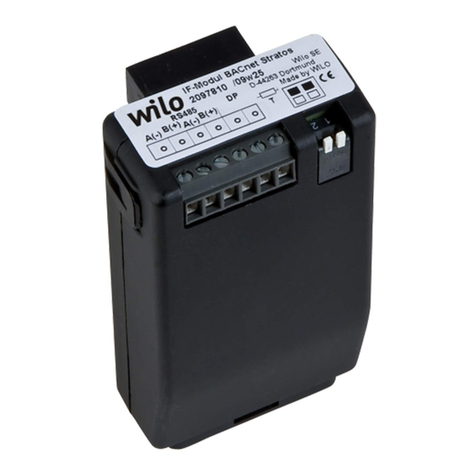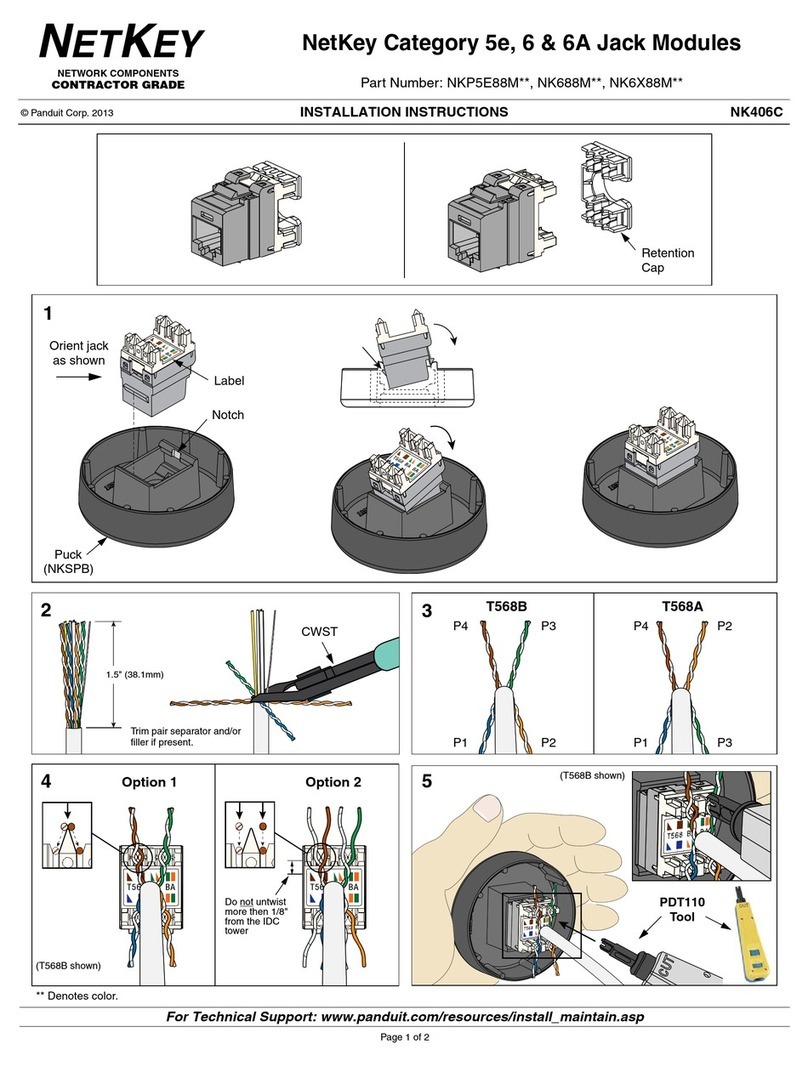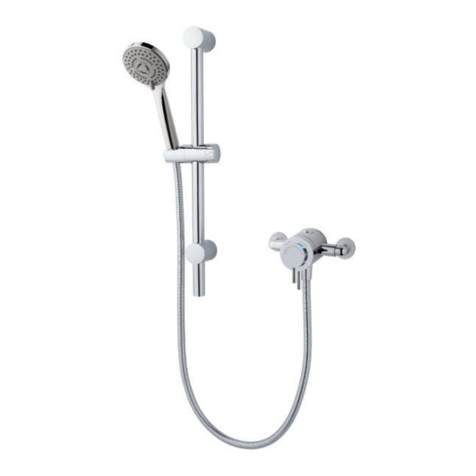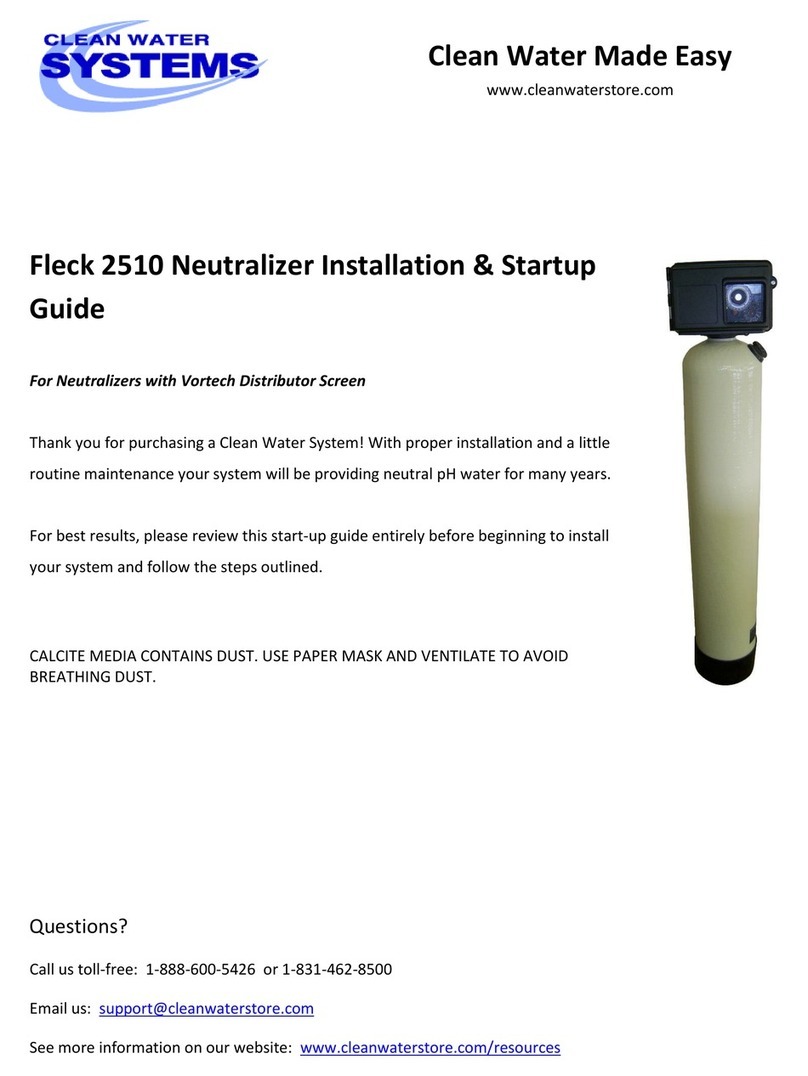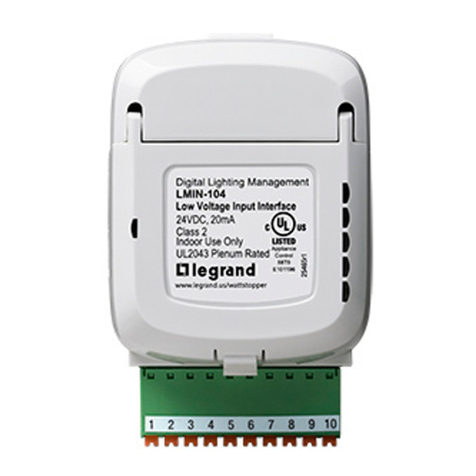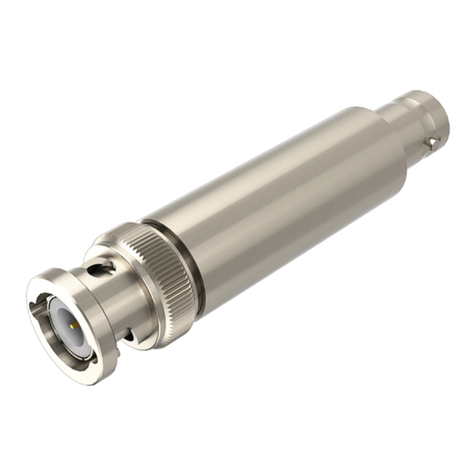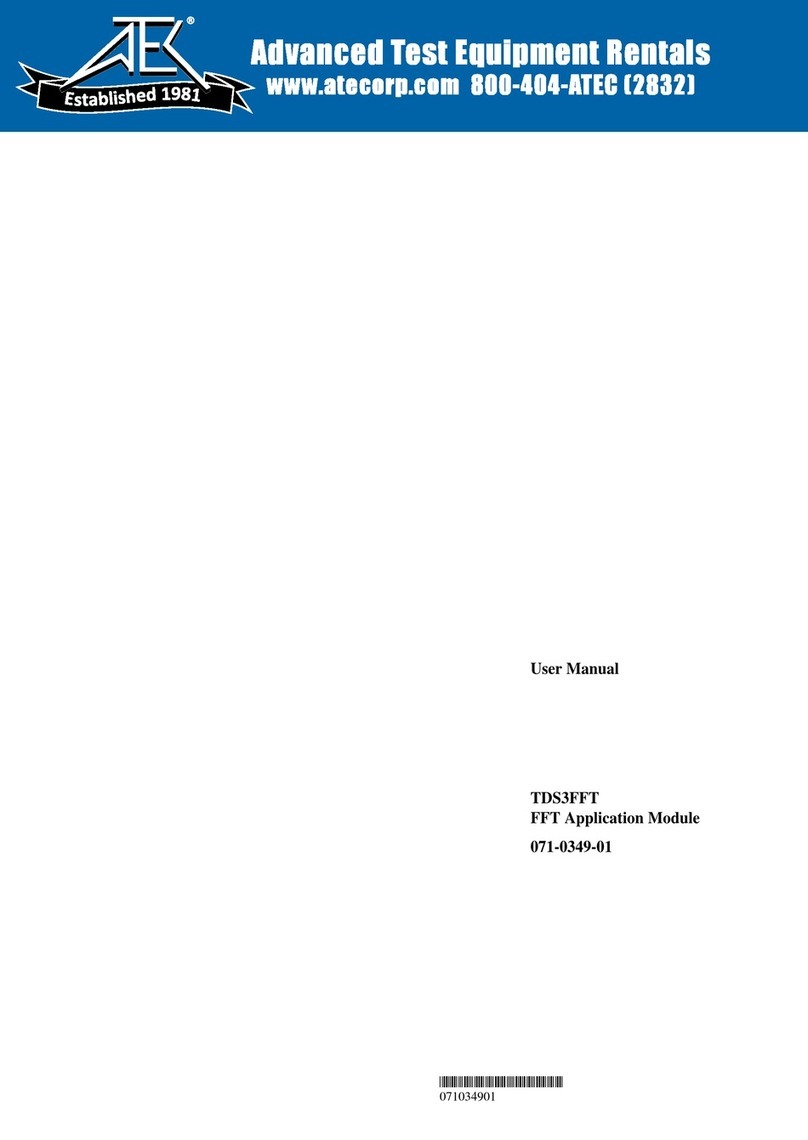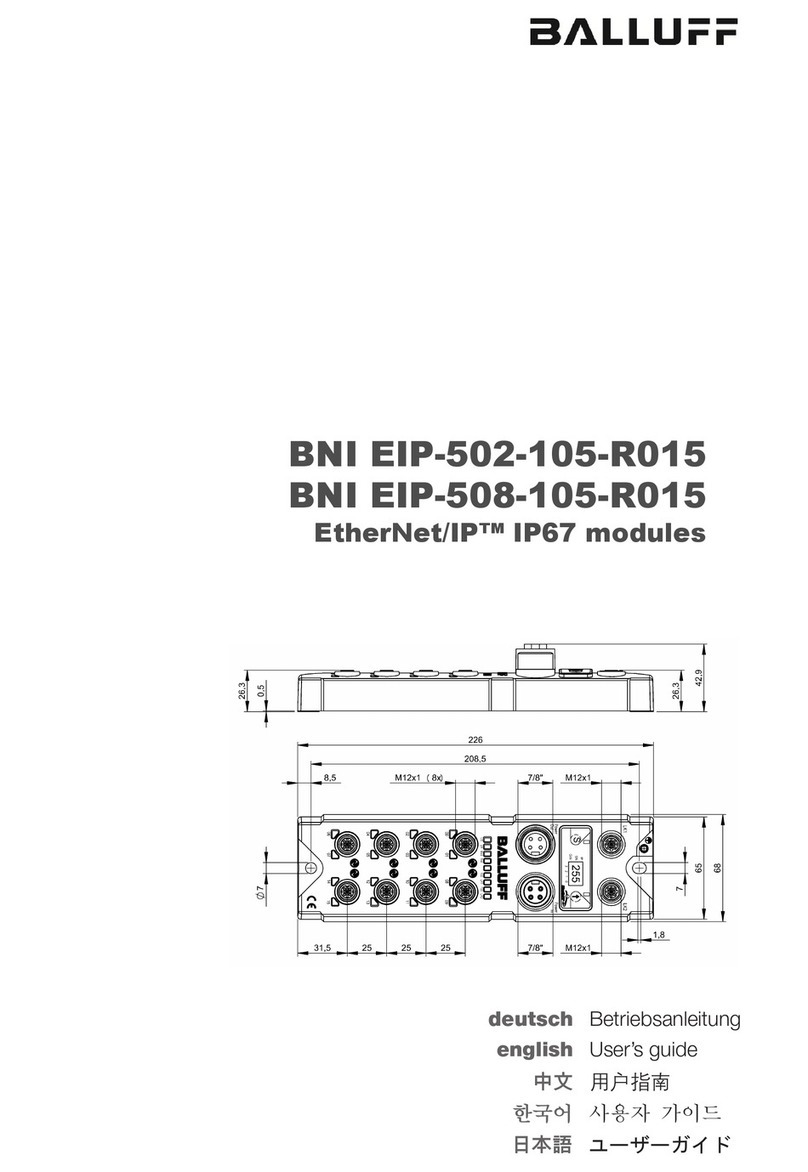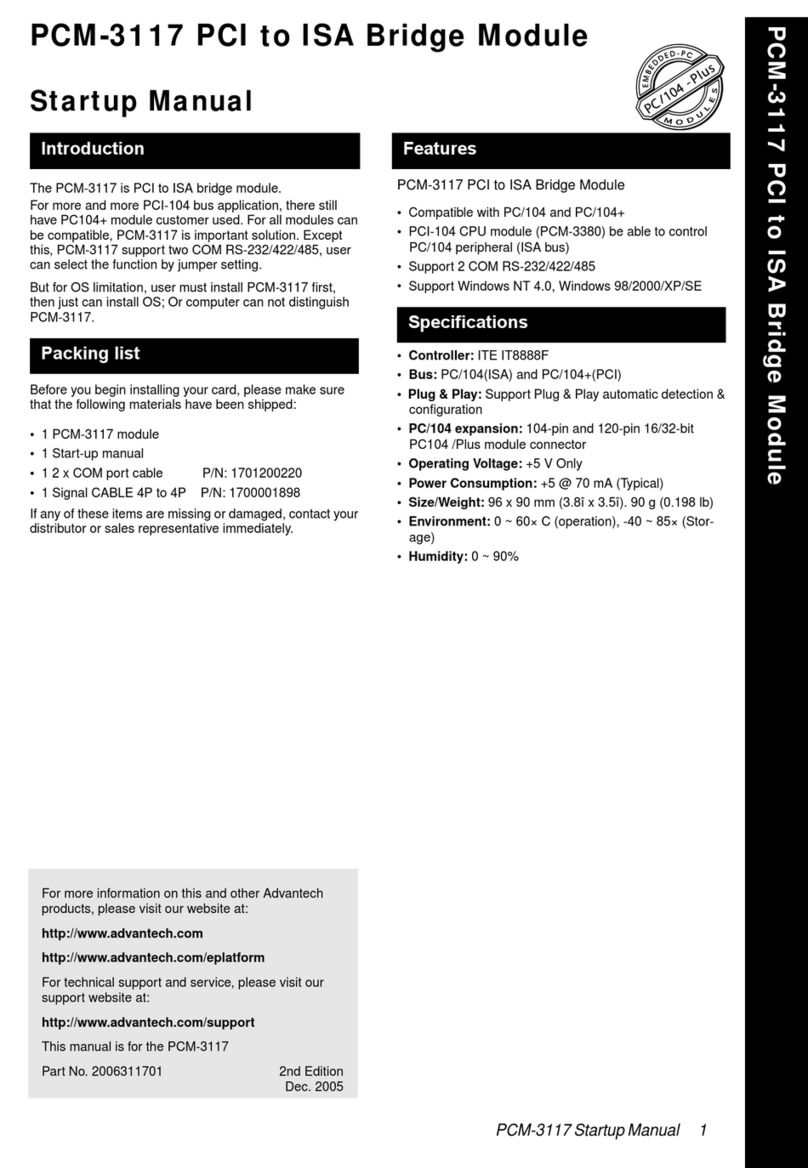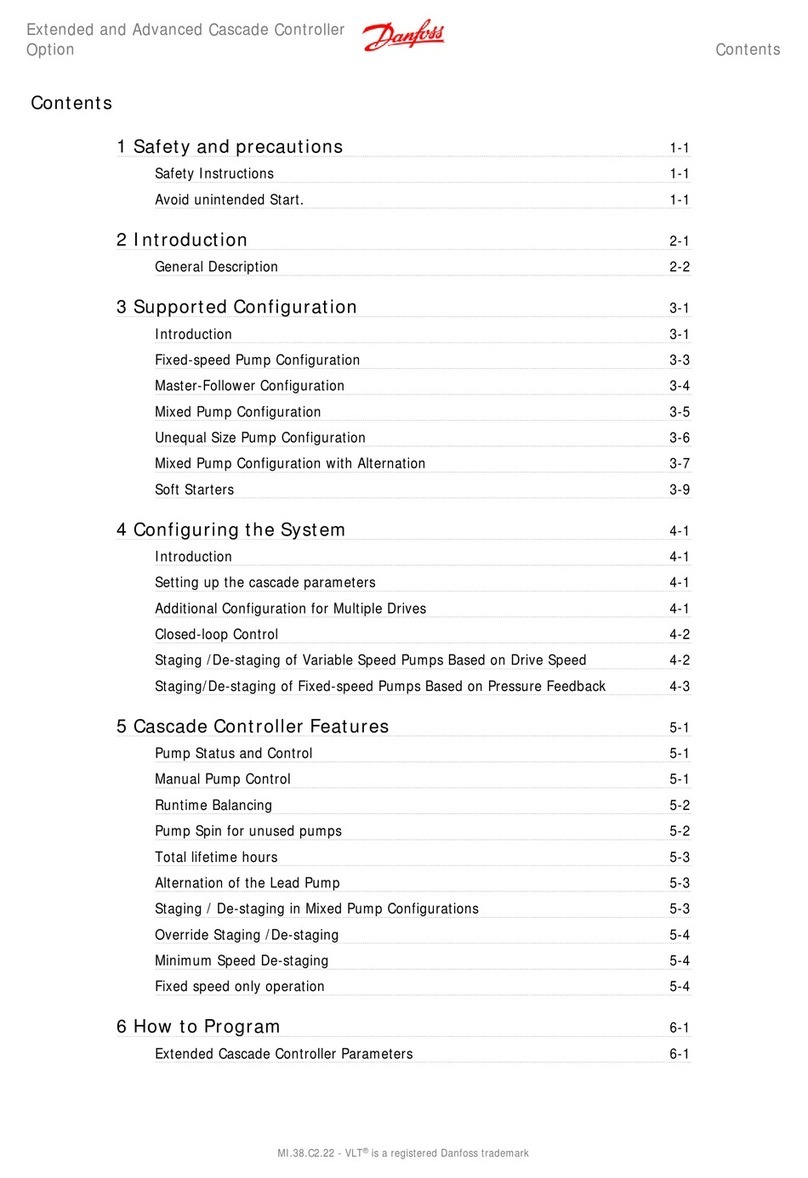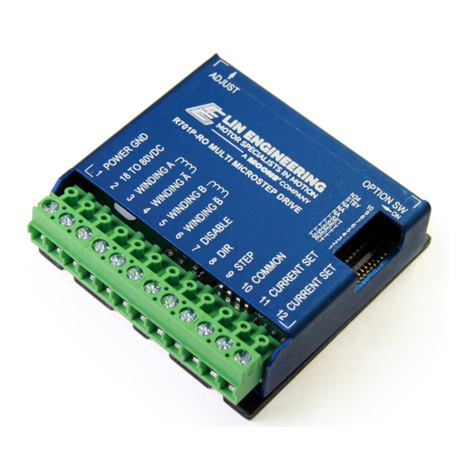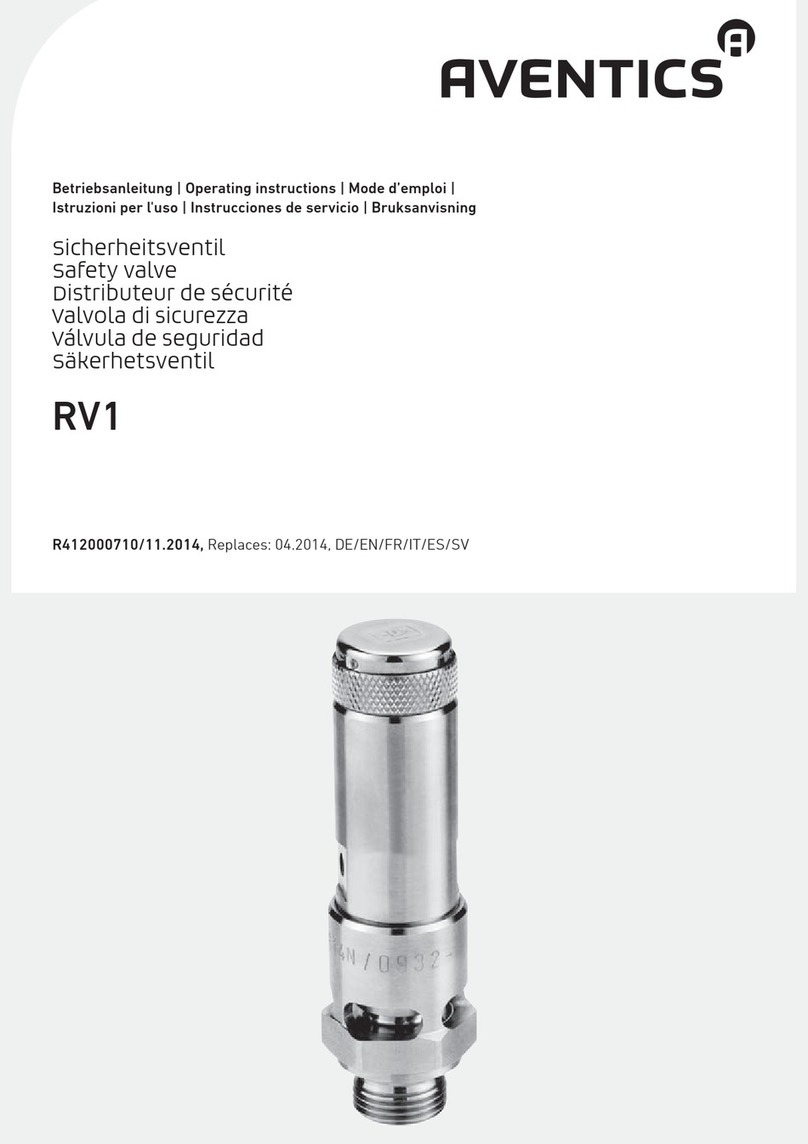
7
posed to do? This manual is glad you asked that question. There are actually two
other counters inside the box. One is a totalizer that counts along with the batch
counter. However, while the batch counter is reset at the beginning of each batch, the
totalizer is not reset; it continues to count up. The cosmetics manufacturer resets his
totalizer each time he blends another 100,000 gallon vat. As the batch counter deliv-
ers 55 gallon drums, the totalizer counts the total amount delivered. When the total-
izer reaches 100,000, it is time to blend another vat of perfume and reset the totalizer.
The third counter is the cycle counter. The cycle counter keeps track of how many
batches had been delivered; it counts the number of batches. The mere presence of
the cycle counter opens the door to some interesting variations of batch delivery
automation. The batch counter may be programmed to auto recycle. This is done by
programming a time in the range of 1.0 to 9.9 seconds for batch recycle time. In this
case, the operator starts the initial batch manually. Once the first batch is delivered,
the batcher stops for the duration of the auto recycle time and then automatically
starts another batch. This may continue until the operator manually stops the pro-
cess with the cycle counter showing the number of batches run. However, the cycle
counter has a setpoint, called cycle preset, which will stop the process automati-
cally after that number of batches has been delivered. This type of operation is
known as cycle autostop. If a batch autorecycle time of 0.0 is programmed, the
batcher stops after each batch has been delivered, and each batch must be manu-
ally started by the operator.
Two other things can happen when the cycle counter reaches the cycle preset, cycle
reset and cycle output. The cycle counter will automatically reset to zero if it is pro-
grammed to reset at cycle setpoint. This feature would normally be employed in
combination with the use of an output at cycle setpoint. If both relays are already
used to deliver the batch, or if relay 2 is used for another function, this will not be
possible. Refer to the relay output option description on page 32. If relay 2 is avail-
able to be used as a cycle output, the cycle counter can cause any combination of the
following events at the cycle preset value:
1. Cycle autostop or no autostop.
2. Cycle counter reset or continue to count up.
3. Cycle output or no output.
When all is said and done, most users will simply use the cycle counter to count
batches and nothing else. However, the installer will certainly appreciate knowing
the possibilities.
There are a few final points to be made about the batchers base unit. First, it also
provides an alarm output at a preset rate, if relay 2 is not used for another function.
Second, the relay output board, an option for the Eclipse totalizer, is always included
in the batcher. The outputs are described in the relay output option description on
page 8. Third, a control input board is installed in the unit. The board has three
DESCRIPTION cont.
